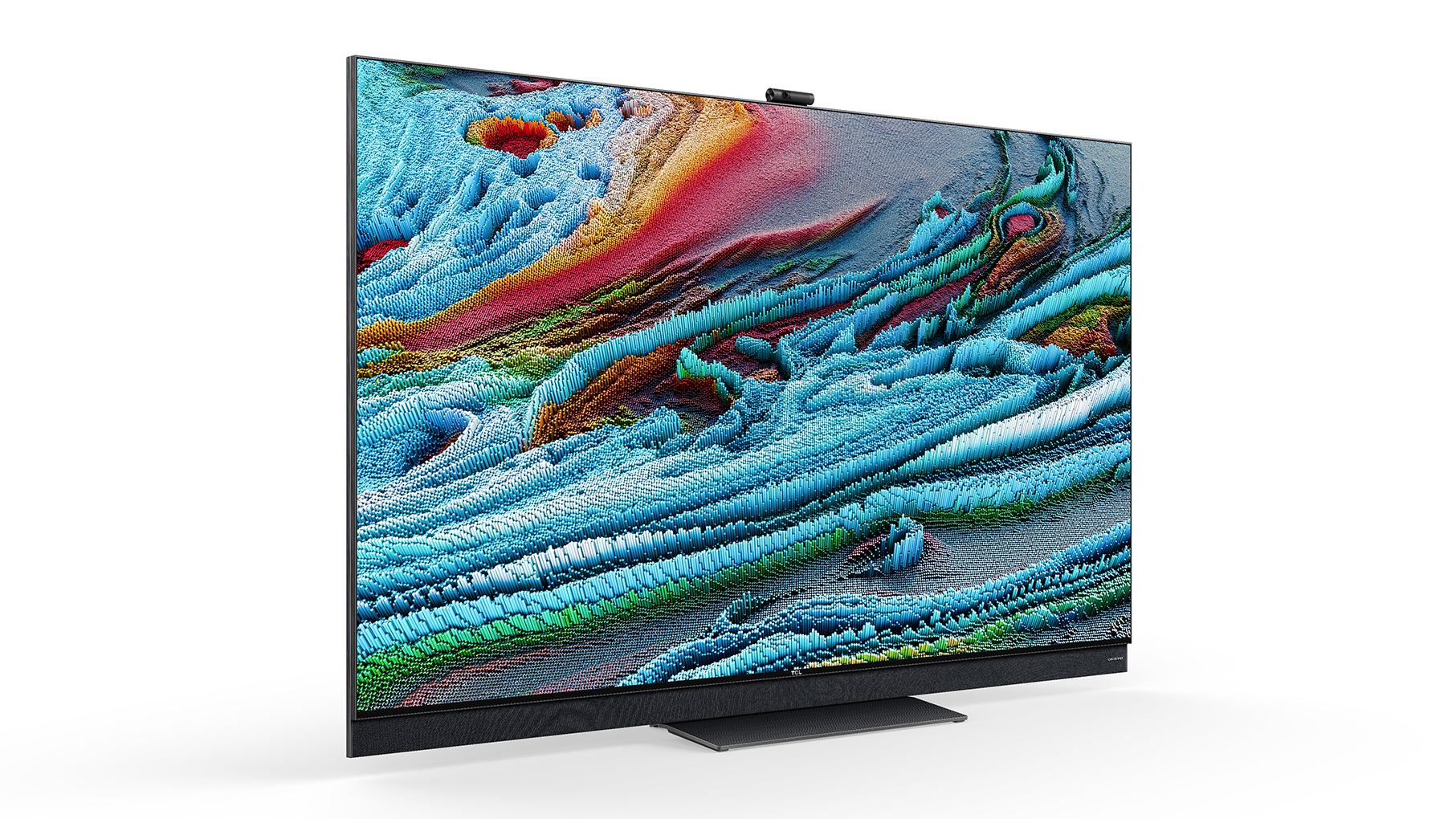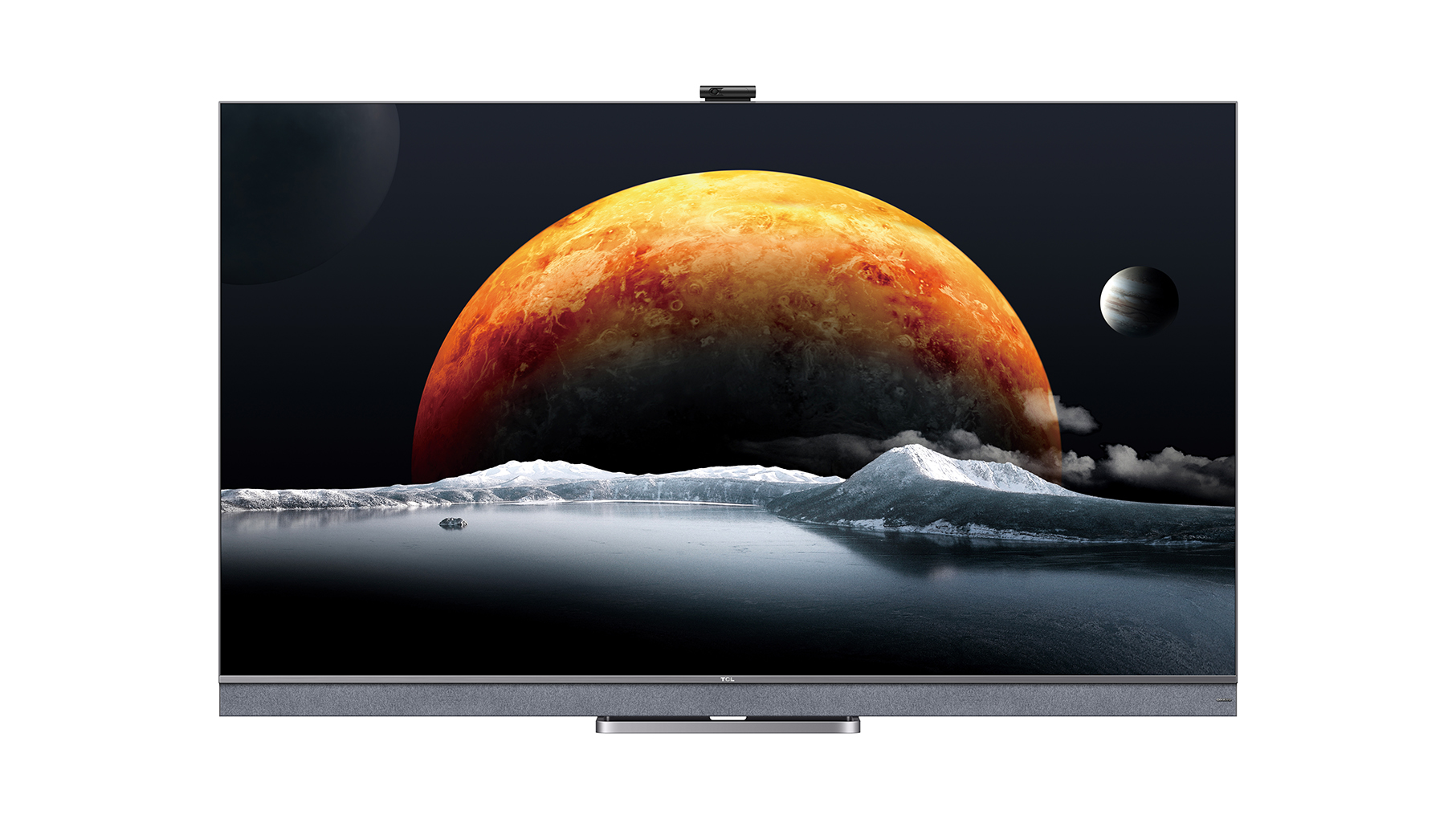Why Mini LEDs are leading the charge for next-level picture quality

Throughout the past 18 months, with the numerous lockdowns and restrictions, the importance of entertainment has been paramount and the array of content on offer, vast.
Even as we move beyond the pandemic, the quality of our television experience is not to be overlooked.
In an expanding market with various technologies and approaches to enhancing the viewing experience, we at TCL believe that Mini LED TVs are the next evolution for our customers and the primary route to widening the access to superior picture quality.
Here we explore the many advantages of Mini LEDs and how they differ from alternative models, like OLED and micro-LED technologies.
Seeing the bigger picture
LED technology is nothing new, having become the predominant technique for commercial televisions since its advent in 2004.
One of the drawbacks of standard LEDs is that their size means fewer can be aligned within the television, leading to less precise control of lighting and, ultimately, a less faithful image.
This is where Mini LEDs can offer great improvement: by adding a layer of millions of quantum dot nanocrystals – roughly one-fortieth the size of standard LEDs – they can produce greater vibrancy, colour intensity, and light contrasts.
That smaller structure of diode means that individual zones can be controlled to offer pinpoint accuracy in lighting and colour reproduction.
In fact, the latest Mini LED TVs offer 100% colour volume, meaning that colours appear in their true-to-life form. Every scene, background, and moment can be enjoyed as it was supposed to be in pure ultra-high definition.
A matter of light and dark

Aside from the stellar representation of colour, Mini LED TVs offer unparalleled brightness capabilities, even compared to leading OLED alternatives.
Using the industry accepted unit of ‘nits’ to measure brightness, while the market leading OLED units produce 200 nits, Mini LED TVs are capable of producing far more than that. You may be wondering; how does this impact the picture on the screen?
That kind of dynamic lighting means that not only do bright objects appear brighter but the depth and contrast of the dark tones are also more pronounced on the screen.
The lighting zones create a greater sense of shading, with the ability to layer different lighting levels giving black tones more depth and texture.
Although OLEDs are able to achieve so-called ‘deep blacks’, the performance of Mini LEDs is not far behind.
Don’t wait, the future is here
It is true that the self-emissive properties of OLED and especially micro-LED technology allow for even more control of lighting across approximately 25 million diodes, and can deliver incredible visuals and picture quality.
However, this is not without some drawbacks: OLED TVs in particular have been known to suffer from screen retention, where images do not transition off-screen and there is discolouration in parts of the display.
Also, the organic components used in OLED displays come at the cost of reduced lifespan in comparison to LED or even LCD.
As for micro-LED units, the primary challenge is their complexity, aligning 25 million components in the correct layout and regimented brightness is an extremely difficult and costly process. For this reason, commercial micro-LED units are far more costly than Mini LED TVs and can set you back by tens of thousands!
It is TCL's mission to place innovative technology within the reach of as many people as possible, and sky-high prices or less durable hardware should not be a gatekeeper to an incredible entertainment experience.
By embracing Mini LED, TCL seeks to provide outstanding, next-generation image quality, today. That is why, with its latest Mini LED 8K TV X92, TCL combines 8K resolution, thousands of ultra-small Mini LEDs and QLED (quantum dot nanocrystals) to attain the pinnacle of image clarity, dynamism, and realism – with over 100% colour volume. Also launched earlier this year is the Mini LED 4K TV C825, with direct Mini LED backlight, QLED, 4K HDR Premium and 100Hz Motion Clarity Pro for the best 4K HDR performance.
Sign up for breaking news, reviews, opinion, top tech deals, and more.